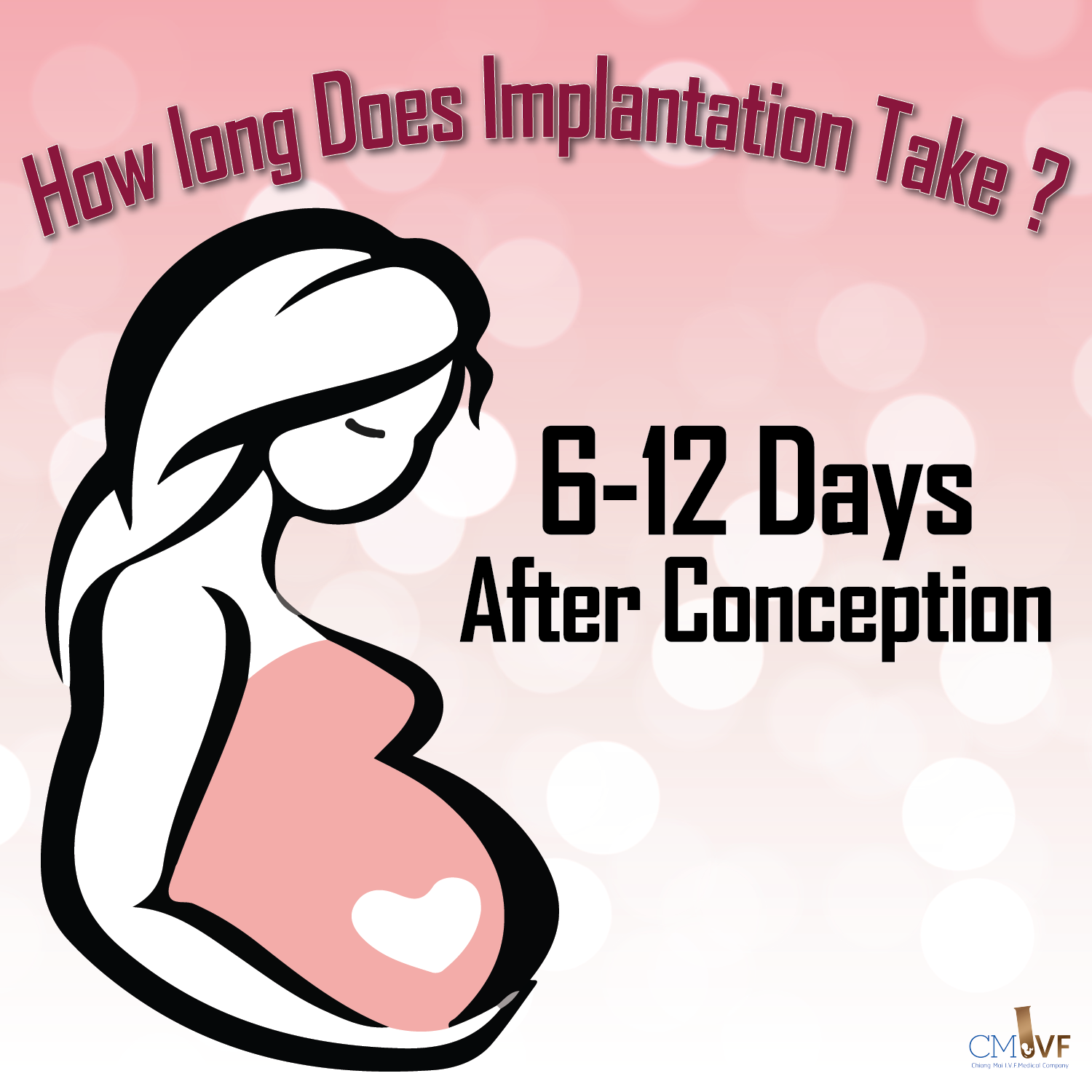
The focus of conception is focused around the timing of conception in which the sperm meets the egg. The second critical step that need to happen is implantation, in which the fertilized egg implants within the uterus.
The signs of successful implantation include implantation bleeding, which occurs 6-12 days after conception, and light cramping or spotting. Other positive signs after embryo transfer include cramps, white and smelly discharges, and spots. However, only a blood test (beta test) can confirm pregnancy. The earliest time to test for pregnancy is about two weeks after ovulation or embryo transfer. Fertility treatments that can increase the chances of successful implantation include in vitro fertilization (IVF), intracytoplasmic sperm injection (ICSI), and assisted hatching. These treatments can help overcome various fertility issues, such as male factor infertility, tubal factor infertility, and diminished ovarian reserve. However, the success rates of these treatments vary depending on the individual's circumstances. It is important to consult with a fertility specialist to determine the best treatment options.
